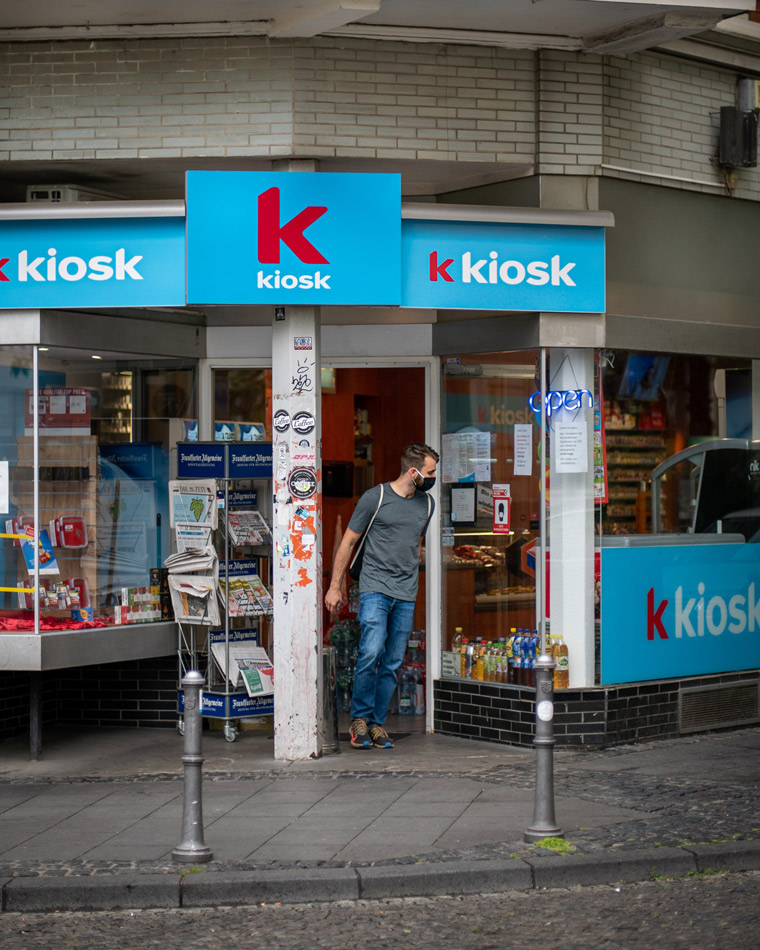Lease management is critical for your retail business. Effective lease management can ensure that your retail business can withstand the volatility of economic downturns, supply chain disruptions, and unexpected challenges to your operations. Many retailers are unaware of the profound financial impact the right lease management team can have on your business, but a smart business continuity plan should include working with a tenant representation professional and outsourcing lease management to experts.
What Is Lease Management?
Lease management is the practice of ensuring that the terms of the lease are properly met. When a retailer receives an invoice from the landlord, the goal is not to balance to the landlord’s invoice but to ensure that the invoice matches the terms of the agreement, doesn’t overcharge, and doesn’t include costs that should not be included. While often a thankless and behind-the-scenes area of our work, ASG saved $12.6 million for clients last year through our effective lease management.

How Does Lease Management Impact Business Continuity?
Lease management, or lease administration, is crucial in ensuring business continuity by protecting the retailer. A well-constructed lease will guarantee that the retailer continues to have access to essential assets. The lease also reduces operational risk, helping the retailer avoid unexpected and unwarranted expenses. Effective lease management involves several key factors, including regular monitoring and tracking of lease agreements, timely renewal of leases, negotiation of favorable lease terms, and proper documentation and record-keeping. Outsourcing lease management can be beneficial because the lease management team are experts in the industry and have the ability to quickly recognize risk areas, negotiate better terms, and help preserve the tenant-landlord relationship.
Best Practices for Successful Retail Lease Management
Effective lease management is crucial for any organization to maintain healthy relationships with its stakeholders. Contracts serve as the backbone of these relationships, and it is essential to manage them efficiently. A robust lease management system can ensure business continuity during unforeseen disruptions or when physical access to the office is not possible. By streamlining the contract management process, organizations can minimize risks and maximize opportunities for growth and success.
The more comprehensively your lease management practices, the stronger your business continuity planning will be. This should include:
Understanding Lease Terms
The first step in retail lease management is to thoroughly understand the terms of your lease agreement. This includes the length of the lease, rent payments, maintenance responsibilities, and any clauses related to business continuity or termination.Regular monitoring and review of lease agreements
Regular Monitoring and Review of Lease Agreements
Retail leaders without experience in lease negotiations and management may find themselves overpaying, which can add risk to business continuity. It’s critical to monitor the lease, review the agreement, and be proactive about addressing issues that may arise, whether the retailer is being overcharged or not received agreed-upon accommodations.
Proactive Negotiation of Lease Terms
Whether the retailer has an existing lease that is being renewed or they are securing a new location, the lease agreement is an opportunity for mitigating risk to the business based on unexpected events, unanticipated costs, or changes to the space, location, or other tenants. It’s important to negotiate a renewal that aligns with your business goals and objectives including rent payments, lease terms, or other provisions that can help ensure business continuity.

Effective Communication with Landlords
The lease may serve as the backbone to the contract between landlord and tenant, but communication is what allows the relationship to flourish to the benefit of both parties. Maintaining open communication between tenant and landlord is key to ensuring business continuity.
Professional Tenant Representation
A tenant representative is an essential partner in assessing location needs, negotiating lease terms, and facilitating the communication and relationship between tenant and landlord. They are also the people who fight for the retailers they represent when terms are not honored or costs are not being controlled as contracted.
Plan for the Unexpected
It’s essential to have a plan in place for unexpected events that could disrupt your business, such as natural disasters, economic downturns, or changes in consumer behavior. This plan should include contingencies for rent payments, staffing, and inventory management.
Options That Protect the Retailer
Business continuity planning is often a game of what if. And building those what ifs into the lease agreement is essential for retail business continuity. Options for subleasing, sharing space, adjusting the size of the space, and delaying rent payments for certain circumstances are all examples of how the retail lease is essential for comprehensive retail business continuity.
Retail Business Continuity Planning Is Not Complete without Lease Considerations
Retailers and their lease management and tenant rep partners must have a clear understanding of the retail space and resource needs, any cyclical nature of the business, and have clear insight into the risks and liabilities contained within the lease. A lease management system like ASGEdge can be instrumental in not only ensuring retailers implement a strong strategy for choosing locations but for managing every location’s lease in a streamlined and efficient manner.









